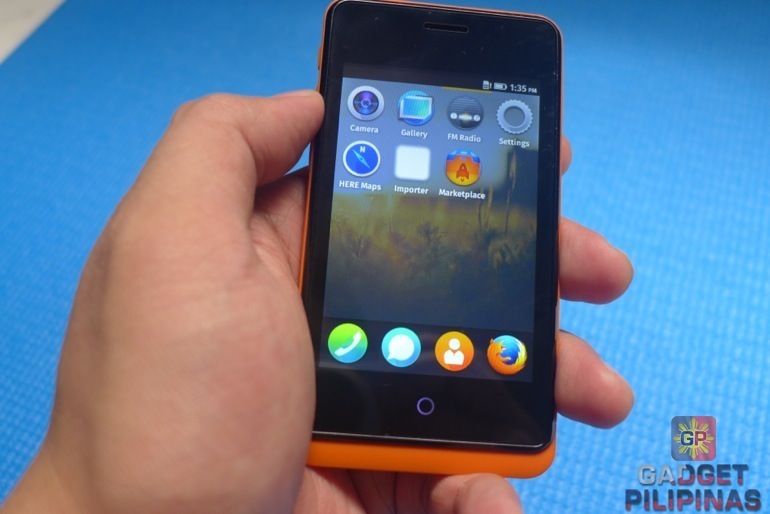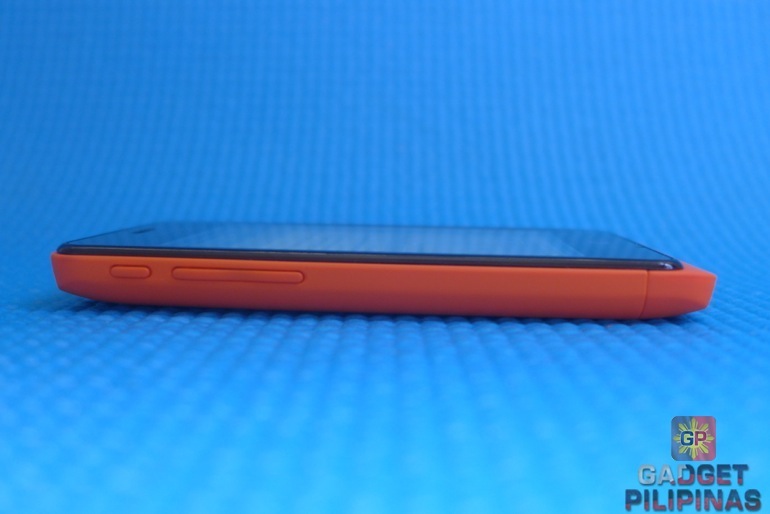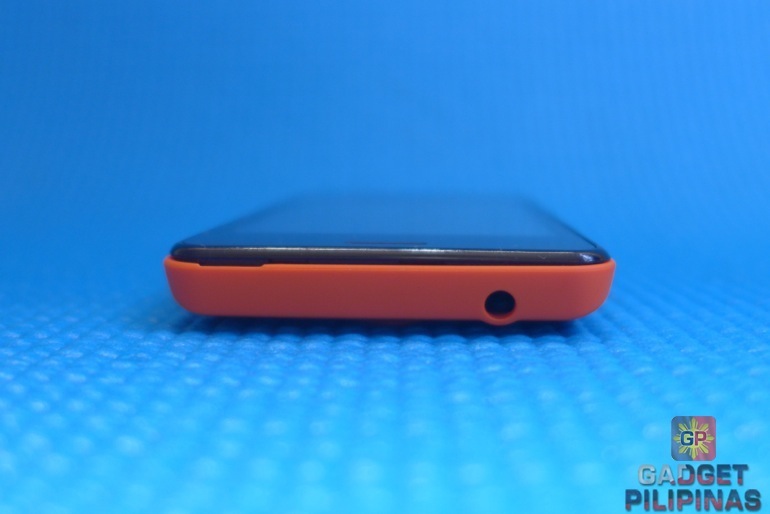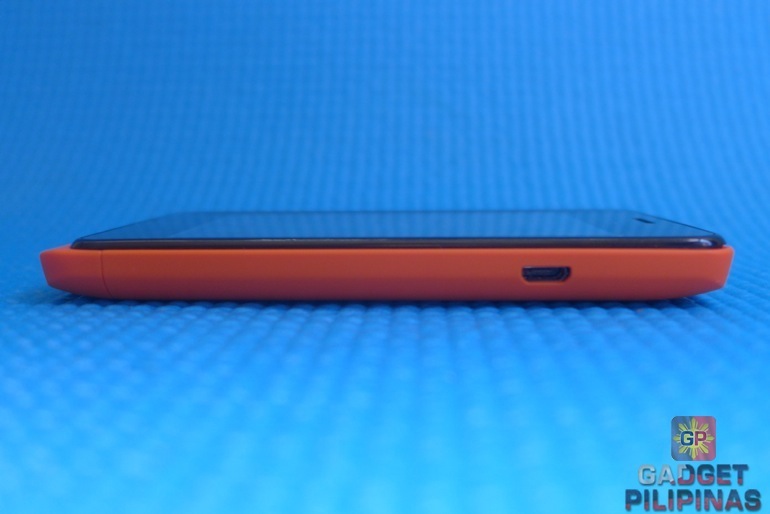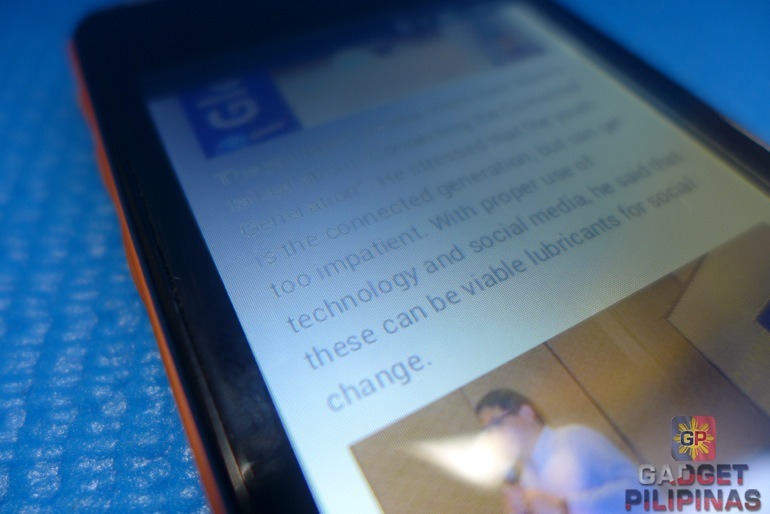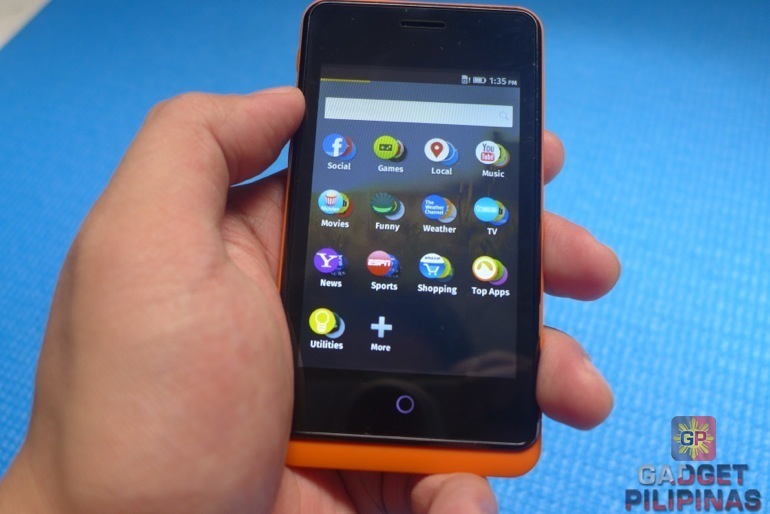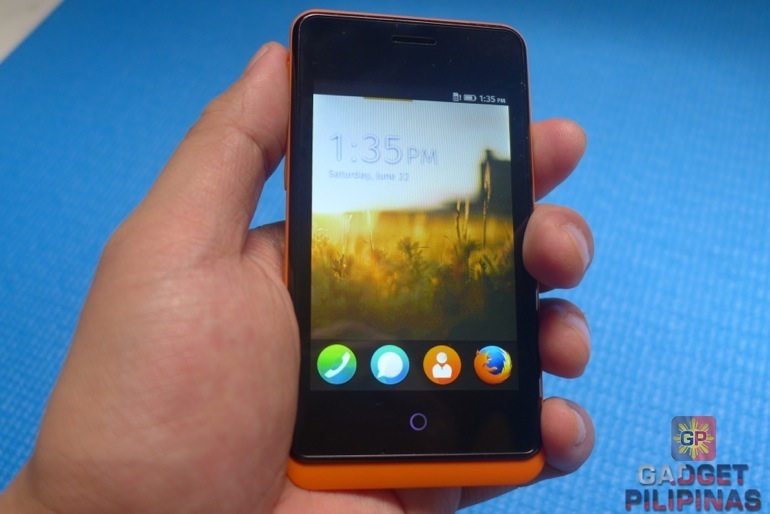More than 3 years ago, I was introduced to a developer phone that eventually inspired me to write about gadgets – it was none other than the Nokia N900. The operating system that powers it was an unfinished open source software, Maemo 5. It was very usable despite being unfinished; as a matter of fact, hundreds of developers were highly encouraged to develop free to paid software for the said OS. Maemo, eventually, was followed by a more polished OS, Meego, but was marred by the limited availability of N9. The N9 is the only device that was made commercially available by Nokia with Meego. Eventually, Meego was revived in the form of Sailfish, which is currently on alpha stage.
A pattern can be seen in the software evolution of Maemo (to Sailfish) – profit isn’t the main concern but the excitement on the creation and development of software using available dev kits brings.
With the introduction of Firefox OS in 2011, Firefox was very clear in its goal: create the first truly open and web-standards based ecosystem and mobile operating system. They simply posted a challenge: why not create feature phones for emerging countries with an OS based on Linux that can run web-based HTML5 apps? With thousands of Mozilla volunteers and millions of web developers around the world, the future of Firefox OS is bright and resonating.
I was very fortunate to try Firefox OS through Geeksphone Keon. Thanks to Bob Reyes of Mozilla Philippines for lending the device for 2 weeks. Powered by Firefox OS, Keon is one of the first 2 devices that Geeksphone sold on their website. (Keon is currently out of stock on their website.)
Don’t get shocked because Geeksphone is currently selling the device for 91,00 € or around PhP6,000 before shipping and taxes (in the Philippines). It is a developer-preview device so you shouldn’t be surprised with its price (consider niche and pricing). Once Firefox OS is out of nightly builds, phones intended for commercial use will have a much cheaper price tag.
Keon’s Build
Keon’s look and feel reminds me of the Asha 501 and Cherry Mobile Click, although with a much vibrant choice of primary color (shouting orange) and matte feel. It’s light and can easily be held with one hand. If a non-developer bought this in error, he wouldn’t mind using it as a secondary phone or even as a primary phone.
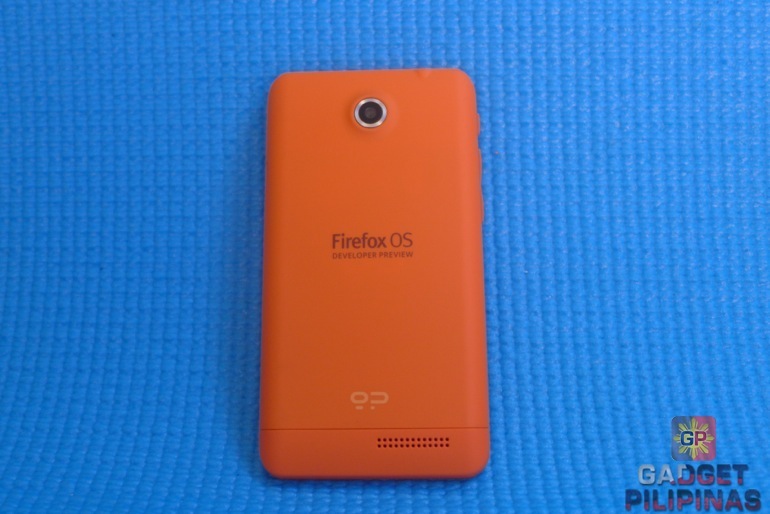
The 3MP rear-facing camera (non-AF and no flash) can be seen at the back. The speaker located at the lower right part of the removable back panel. An elegantly printed logo of Firefox OS and Geeksphone can also be seen here.
Its screen size – 3.5-inch HVGA – is akin to Cherry Mobile Click’s; it’s small but perfect for its build. As the screen is TFT LCD, its viewing angle is just average. The images and elements displayed on screen look a little less saturated; and texts aren’t rendered smoothly but very readable.
Firefox OS
I can see a lot of potential on Firefox OS. As previously mentioned, the said OS is Linux based and can run HTML5 applications. These apps can speak directly with Keon’s hardware using Javascript and open web APIs. From a developer and economic perspective, developing apps for this OS and device is actually less expensive.
Even at its infancy, Firefox OS (on Keon) displayed hundreds of web apps when I scrolled to the left (from the homescreen). The web apps are neatly catalogued based on its category. The app selector window (or whatever it is called) has a search function, which enabled me to quickly search for an app by simply typing it on the search box. The user-experience is like a fusion of iOS (spotlight) and Android.
The homescreen and app shortcut panel, moreover, are reminiscent of Meego because of its amply sized rounded icons. There is also an drop-down notification/switch panel that’s quite Android-esque.
Apps loaded are stored on the device’s cache for offline access. This will especially work well for games and apps that do not require internet connection. Downloading a new web-app does not take much time too as such apps aren’t actually too big. Having said that, Keon or perhaps even future Firefox phones are meant to not consume a lot of data.
There is a a “Do Not Track” feature, which basically tells websites that you don’t want your online behavior and actions tracked. This is a nod to Mozilla’s award as Most Trusted Internet Company in Privacy.
Although tested very briefly, Firefox did not introduce anything new on its phone features and functions. User experience on the latter is pretty standard – both on call clarity and texting.
Verdict
The open-source OS is still an unfinished product. While testing the device for 2 weeks, I have received 3 software updates from Firefox to resolve certain security and performance issues.
Out of the 6 billion phones in the world, only 1.5b are smartphones. This means that there are 3 to 4.5 billion feature phones in the world. If Firefox’s goal is to set Firefox OS as the best OS for feature phones, the said OS could very well become the next big thing in the mobile scene. It’s so revolutionary, it could eventually force telcos to improve their services to accomodate the imminent demand of data consumption. It’s so open, even kids can develop apps for this OS in a jiffy.
While we all squabble about the supremacy of Android or iOS, it’s best that we turn our attention to a mobile OS made for everyone. Firefox is continuously growing its community of software evangelists and volunteers, and this could positive results for Firefox OS. We can all be a part of this, actually, by simply signing up to become a Firefox volunteer. (Click this for more information.)
Giancarlo Viterbo is a Filipino Technology Journalist, blogger and Editor of gadgetpilipinas.net, He is also a Geek, Dad and a Husband. He knows a lot about washing the dishes, doing some errands and following instructions from his boss on his day job. Follow him on twitter: @gianviterbo and @gadgetpilipinas.


